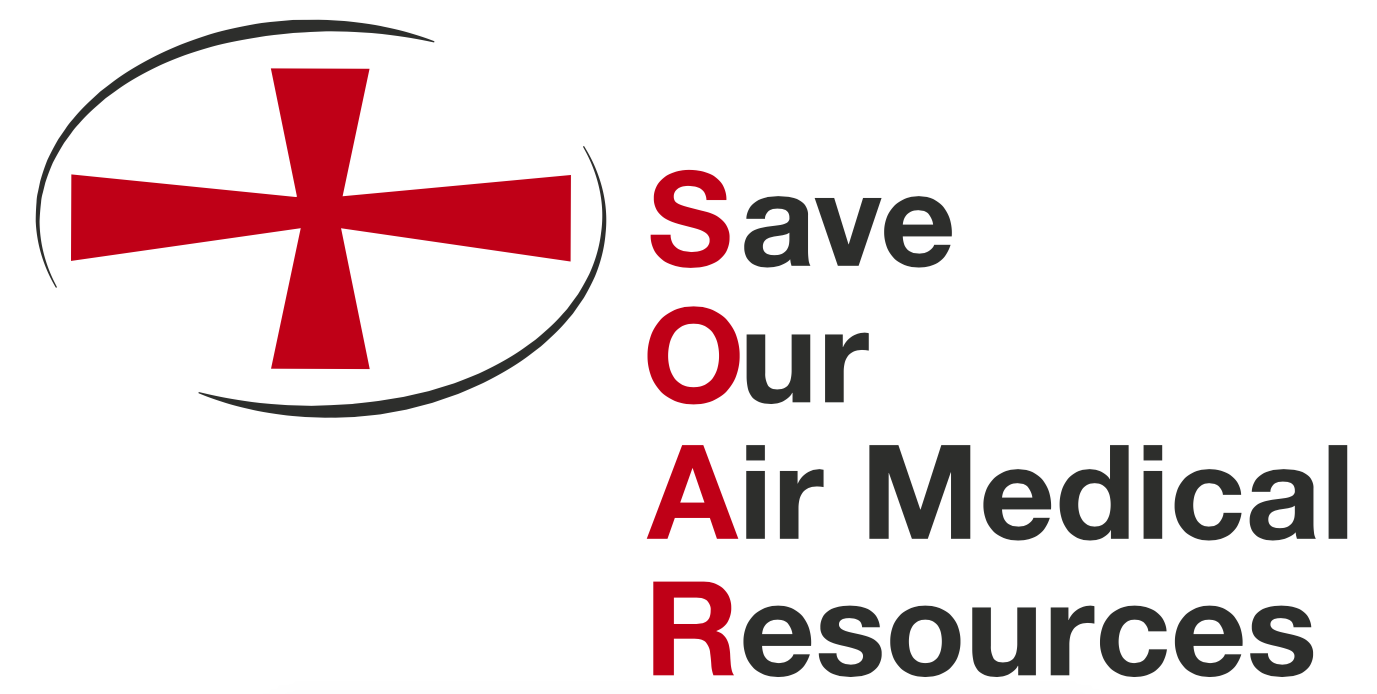In rural America, where trauma centers are often hours away by ground, air ambulances can mean the difference between life and death – especially for brain injuries, where every minute counts. But while they deliver critical care within the “golden hour,” Medicare covers only 59% of the actual cost forcing base closures and leaving rural patients with longer response times and reduced access to lifesaving care.
This reality was highlighted in How Air Medical Transport Saves Lives After Traumatic Brain Injury — And What Rural Hospitals Risk Losing, a recent webinar hosted by the SOAR Campaign in partnership with the National Rural Health Association. The discussion featured traumatic brain injury survivor Tim Chiarolanza, Peggy Reisher, Executive Director of the Brain Injury Association of Nebraska, and Stephanie Queen, Chief Nursing Officer and Senior Vice President of Clinical Services at Air Methods. Together, they shed light on the unique challenges of treating brain injuries in rural areas, the lifesaving role of air ambulances, and the urgent need to update Medicare reimbursement rates to preserve access to these critical services.
“We see a huge amount of provider shortages, neurologists and neurosurgeons. They’re not in our rural communities, they’re not in our rural hospitals,” said Reisher. “So, it’s important to be able to get folks quickly to those professionals that can provide that lifesaving treatment.” She added that the challenges extend beyond initial care, as limited broadband access in many rural areas often makes telemedicine and remote monitoring difficult or impossible for rural patients.
“I suffered a number of life threatening injuries…they knew I would not survive the ambulance ride” -Tim Chiarolanza
Tim recounted the day of his accident, when he was struck by a car while chasing his dog across a busy street. He suffered multiple life-threatening injuries, including a traumatic brain injury, and was rushed by ground ambulance to the nearest hospital. Because his condition required a specialized Level I trauma center, doctors arranged for an air ambulance transfer – recognizing that he would not survive the trip by ground. That rapid air transport, he says, ultimately saved his life.
“We really need your help. Contact your local congressional delegation or delegate and ask them to co-sponsor and help us to Protect our Air Ambulances for Americans Act. We can’t do this alone, but together we can make a big move.” -Stephanie Queen
Millions of seniors depend on air ambulances. Stephanie underscored this to attendees, asking them to reach out to their members of Congress and urge them to pass the Protecting Air Ambulance Services for Americans Act (H.R. 4792 / S.2518). This legislation would empower CMS to update Medicare reimbursement rates to reflect the actual cost of providing care and help ensure that air medical services remain available to every community that depends on them. Lives are on the line—and now is the time to act.
Click HERE and hear directly from Tim, Peggy, and Stephanie about why protecting access to air medical transport matters for every community.

